The latest monthly benchmarking figures for Garaba Holsteins show a rolling annual yield of 9,773l/cow at 3.86% butterfat and 3.24% protein. Concentrate feed rate is 0.38kg/l and margin over concentrate (milk cheque minus meal bill) is £1,690/cow.
James Martin and his father Owen manage the 160-cow herd in a fully housed, all-year-round calving system in Dromintee, Co Armagh.
This level of milk production is notable, given that it is achieved from twice-daily milking, with three-times-a-day milking not practised at any time of the year.
Breeding policy for the Martins has mainly focused on selecting sires to deliver yield. More recently, there has been a growing interest in improving milk components.
James records sire details during milk recording, which allows a herd genetic report to be generated. This estimates the predicted transmitting ability (PTA) of stock in the herd for various production parameters, such as milk yield and components.
Dairylink Ireland adviser Aidan Cushnahan recently reviewed this data with James, to identify any potential relationships that exist within the herd between individual PTAs and the actual performance that cows delivered during lactation.
For example, Figure 1 shows a relationship between PTAs for percentage milk protein and actual protein levels from milk recording.
“Sire selections in the past have produced stock with the genetic potential to produce milk with a higher milk protein percentage, and this has been reflected in milk recording data,” Aidan said.
Similar observations were made when cow PTA for butterfat was plotted against actual butterfat levels, as outlined in Figure 2.
“When we carried out the same exercise for cow PTA for milk yield, and compared it to actual 305-day milk yield, the results showed that the relationship was very weak,” Aidan said.
“This does not mean that you can’t breed for milk yield, but it did confirm some anecdotal observations made by James and Owen, who felt they had already bred animals with the potential to produce a high enough volume of milk,” he added.
Going forward, the Martins want to maintain milk yield in the herd, while refining the breeding programme to produce cows with a higher PTA for percentage butterfat and protein.
Cows with extremely negative PTAs for milk components will be critically reviewed and will either be inseminated with non-dairy semen or will leave the herd completely.
James is reviewing the updated list of proven and genomic sires in the UK-based Profitable Lifetime Index (PLI) rankings. This was published last week and sires that have caught his eye so far include the likes of Gold-N-Oaks Arabia, with an overall PLI of £695 and sub-indexes of 0.23% butterfat and 0.08% protein.
“We are still finalising a new bull team based on the latest rankings, but the aim is to lift milk components, while maintaining yield. Other traits that we are after include fertility index, type merit and mammary,” James said.
Calving heifers and
third-cut ready
The Martins plan to start third-cut silage as soon as drier weather arrives.
“We have around 180ac to cut. It looks like an OK crop bulk-wise, so we will just take it off the next chance we get,” James said.
The first batch of 20 heifers calved down over the summer and another group are due to start in the next few weeks. Overall, there should be 60 heifers calved down across three groups by next March.
The Martins manage young stock in groups according to their age and weight. In a spread-calving system, this approach makes management, such as breeding and administering vaccinations and doses, much easier.
There are only 18 dry cows at Garaba Holsteins at present, which is lower than the 20-25 cows that are usually in the dry group at any one time.
All dry cows are now housed full-time, as there were issues last year with summer mastitis and managing condition in some dry cows that were at grass on an out-farm.
“The dry cows have access to a small paddock beside the house, but they are fed through the wagon in the shed and get silage, straw and minerals for the first month.
“The near group get the same mix, with a dry cow blend as well,” James said.
Analysing trends
The PTAs for protein, butterfat and yield, as well as the actual values from milk recording, were plotted in graphs and R2 values were calculated. Aidan Cushnahan explained that R2 indicates the strength of a relationship between two variables, where zero is no correlation and one indicates an extremely strong trend.
For the protein and butterfat trends, which are depicted in Figures 1 and 2, the R2 value was 0.42 and 0.28 respectively. However, R2 was only 0.05 when the same exercise was carried out for milk yield.
Read more
Dairylink: second cut plans in Armagh
Watch: pre-mowing a Co Down dairy farm
The latest monthly benchmarking figures for Garaba Holsteins show a rolling annual yield of 9,773l/cow at 3.86% butterfat and 3.24% protein. Concentrate feed rate is 0.38kg/l and margin over concentrate (milk cheque minus meal bill) is £1,690/cow.
James Martin and his father Owen manage the 160-cow herd in a fully housed, all-year-round calving system in Dromintee, Co Armagh.
This level of milk production is notable, given that it is achieved from twice-daily milking, with three-times-a-day milking not practised at any time of the year.
Breeding policy for the Martins has mainly focused on selecting sires to deliver yield. More recently, there has been a growing interest in improving milk components.
James records sire details during milk recording, which allows a herd genetic report to be generated. This estimates the predicted transmitting ability (PTA) of stock in the herd for various production parameters, such as milk yield and components.
Dairylink Ireland adviser Aidan Cushnahan recently reviewed this data with James, to identify any potential relationships that exist within the herd between individual PTAs and the actual performance that cows delivered during lactation.
For example, Figure 1 shows a relationship between PTAs for percentage milk protein and actual protein levels from milk recording.
“Sire selections in the past have produced stock with the genetic potential to produce milk with a higher milk protein percentage, and this has been reflected in milk recording data,” Aidan said.
Similar observations were made when cow PTA for butterfat was plotted against actual butterfat levels, as outlined in Figure 2.
“When we carried out the same exercise for cow PTA for milk yield, and compared it to actual 305-day milk yield, the results showed that the relationship was very weak,” Aidan said.
“This does not mean that you can’t breed for milk yield, but it did confirm some anecdotal observations made by James and Owen, who felt they had already bred animals with the potential to produce a high enough volume of milk,” he added.
Going forward, the Martins want to maintain milk yield in the herd, while refining the breeding programme to produce cows with a higher PTA for percentage butterfat and protein.
Cows with extremely negative PTAs for milk components will be critically reviewed and will either be inseminated with non-dairy semen or will leave the herd completely.
James is reviewing the updated list of proven and genomic sires in the UK-based Profitable Lifetime Index (PLI) rankings. This was published last week and sires that have caught his eye so far include the likes of Gold-N-Oaks Arabia, with an overall PLI of £695 and sub-indexes of 0.23% butterfat and 0.08% protein.
“We are still finalising a new bull team based on the latest rankings, but the aim is to lift milk components, while maintaining yield. Other traits that we are after include fertility index, type merit and mammary,” James said.
Calving heifers and
third-cut ready
The Martins plan to start third-cut silage as soon as drier weather arrives.
“We have around 180ac to cut. It looks like an OK crop bulk-wise, so we will just take it off the next chance we get,” James said.
The first batch of 20 heifers calved down over the summer and another group are due to start in the next few weeks. Overall, there should be 60 heifers calved down across three groups by next March.
The Martins manage young stock in groups according to their age and weight. In a spread-calving system, this approach makes management, such as breeding and administering vaccinations and doses, much easier.
There are only 18 dry cows at Garaba Holsteins at present, which is lower than the 20-25 cows that are usually in the dry group at any one time.
All dry cows are now housed full-time, as there were issues last year with summer mastitis and managing condition in some dry cows that were at grass on an out-farm.
“The dry cows have access to a small paddock beside the house, but they are fed through the wagon in the shed and get silage, straw and minerals for the first month.
“The near group get the same mix, with a dry cow blend as well,” James said.
Analysing trends
The PTAs for protein, butterfat and yield, as well as the actual values from milk recording, were plotted in graphs and R2 values were calculated. Aidan Cushnahan explained that R2 indicates the strength of a relationship between two variables, where zero is no correlation and one indicates an extremely strong trend.
For the protein and butterfat trends, which are depicted in Figures 1 and 2, the R2 value was 0.42 and 0.28 respectively. However, R2 was only 0.05 when the same exercise was carried out for milk yield.
Read more
Dairylink: second cut plans in Armagh
Watch: pre-mowing a Co Down dairy farm




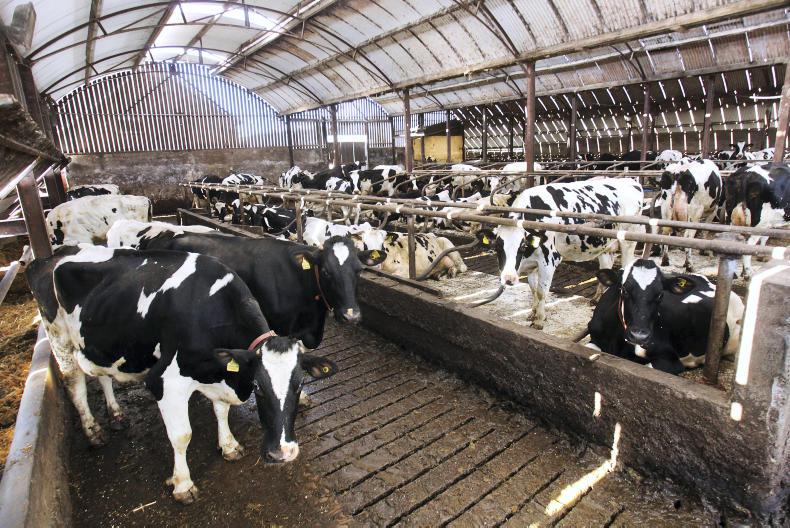
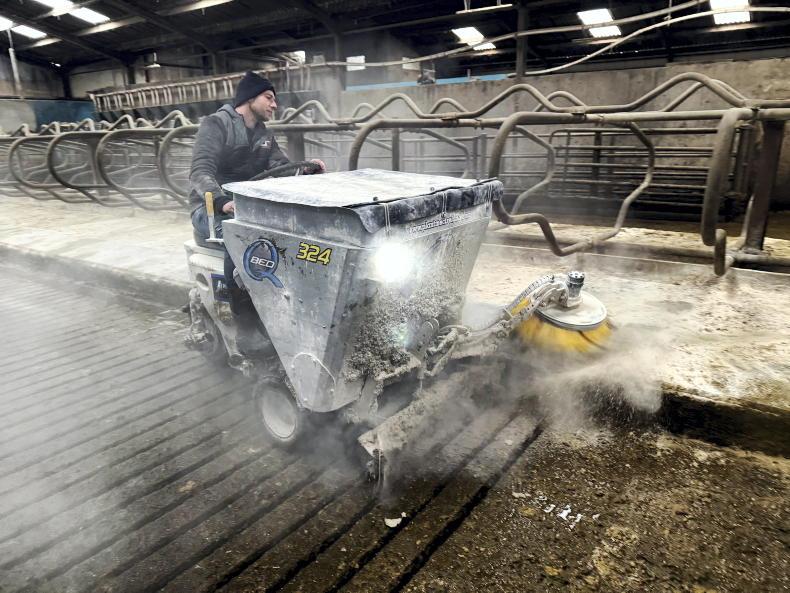
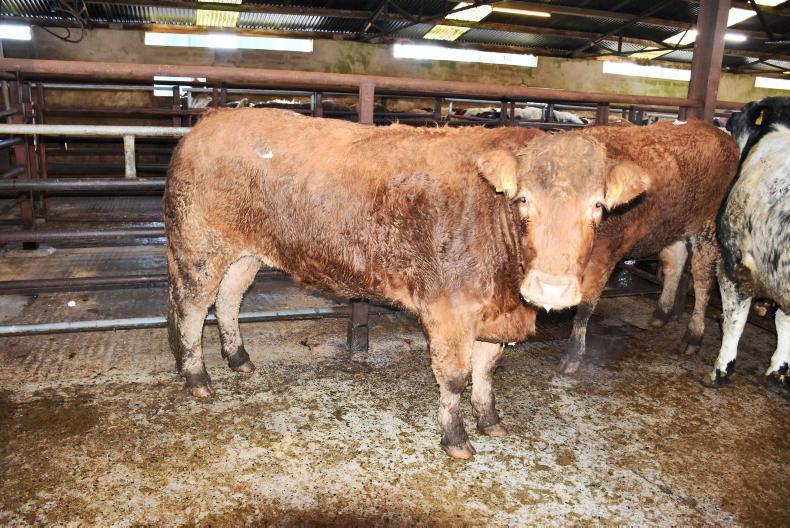
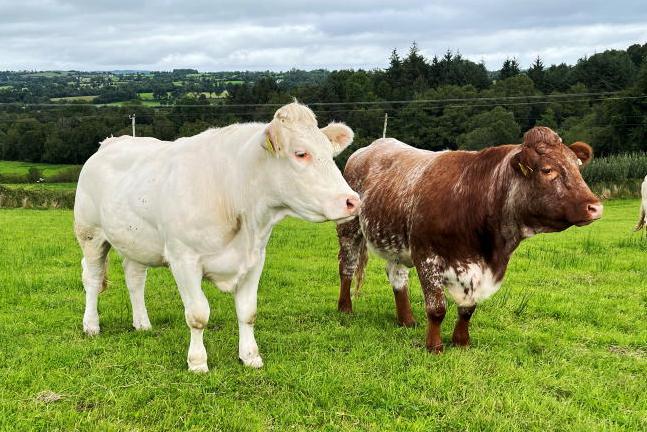
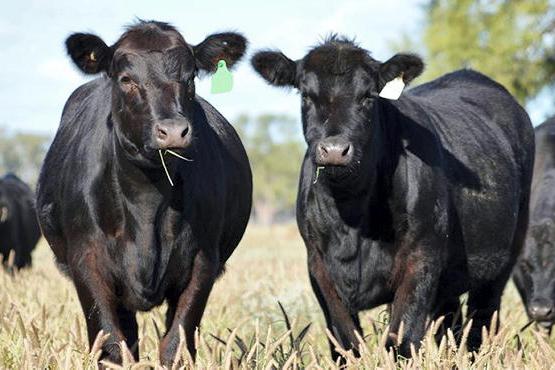
SHARING OPTIONS